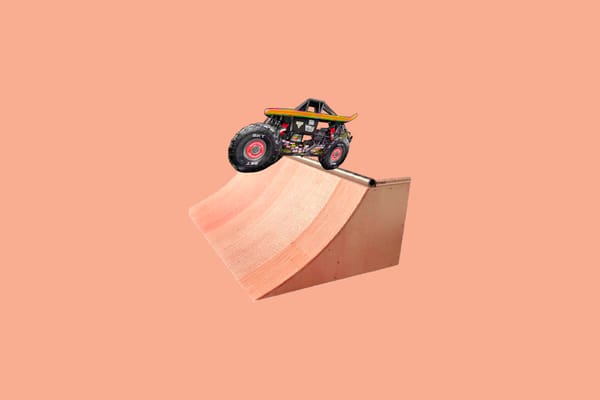Five steps to success
Plus: SLS gets a new broadcast partner, Spanky completes the puzzle, Al Jaffee meets his end, and more.
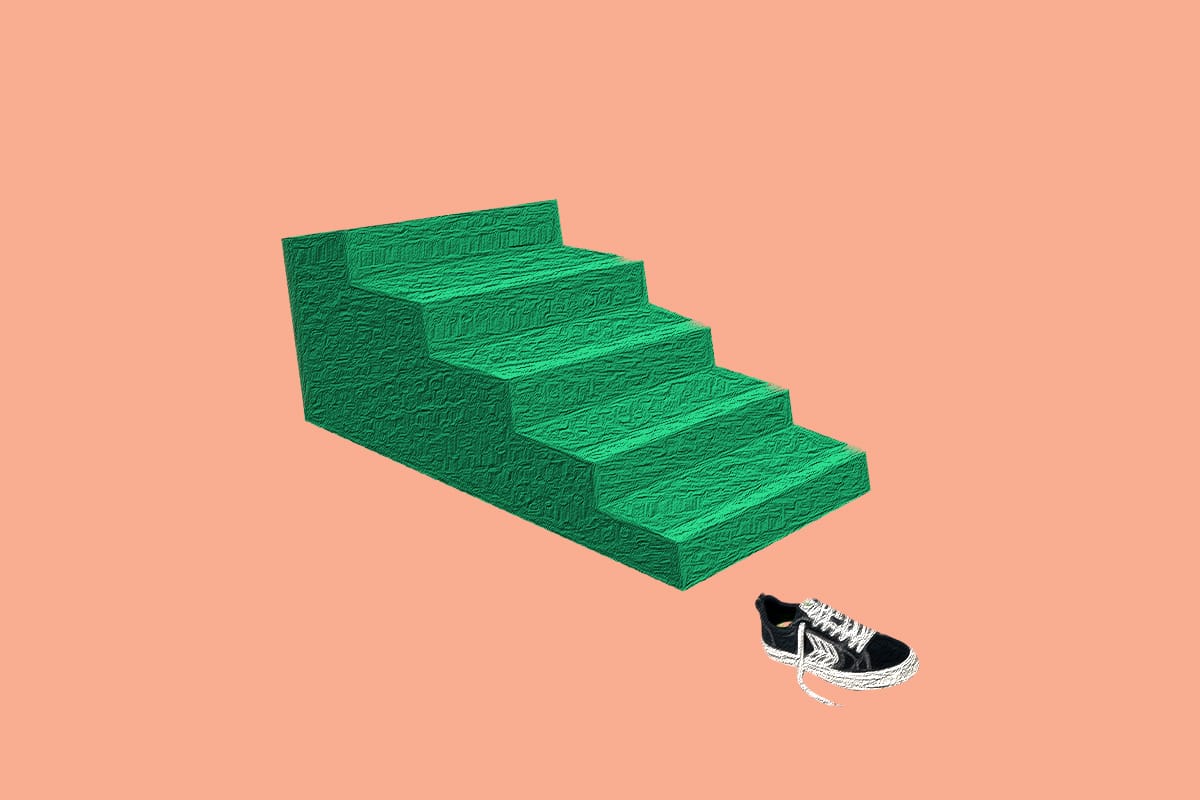
The definitive weekly ranking and analysis of all the skateboarding and other online things that I cannot stop consuming and how they make me feel, personally.

Dana White’s Power Slap Street League Skateboarding
Rank: blechh
Mood: 🥴 🤢 🤮
Over the weekend, Paul Rodriguez announced on behalf of Street League Skateboarding (SLS) that skateboarding’s premiere contest series had signed with a new broadcast partner. What was once a product on ESPN, ESPN+, and with event replays hosted on YouTube, will now live exclusively on Rumble. If you’re not familiar with Rumble, that’s okay. Most aren’t. A recent Intelligencer article describes the company’s origins, status, and intent.
Founded in 2013 as an alternative video-hosting service, Rumble more recently rebranded as a “neutral video platform” designed to be “immune to cancel culture.” In 2021, The Wall Street Journal reported that the company had taken investment from “a group of prominent conservative venture capitalists,” including Peter Thiel, J.D. Vance (now the junior U.S. senator from Ohio), and former Trump adviser Darren Blanton. Rumble went public last year during the SPAC mania, and shares in the company (ticker symbol: RUM) now trade on the NASDAQ; it is worth just over $3 billion. In 2022, Bloomberg reported that Rumble was among the “best performers this year among firms that merged with a special-purpose acquisition company” and that it’s “sort of” a meme stock. Last year, Rumble announced it would take over hosting and advertising duties for Truth Social and plans to offer “cloud services” more widely. According to its latest quarterly public disclosures, Rumble claims 71 million monthly active users (up from 36 million the year prior) and lost $7.8 million on $11 million in revenue, while sitting on $356.7 million of “cash and cash equivalents.” Its IPO reportedly made the founder, Chris Pavlovski, a billionaire.
Rumble started to get an uptick in users in 2021 after some of the major social media companies (belatedly) began to take action against disinformation about the COVID-19 pandemic, American election denialism, QAnon, et al. that had been spreading across their platforms unchecked. Naturally, conservative pundits spun this as an attack on “free speech,” ushering in a surge of right-wing branded Twitter and Facebook clones like Parler, Gettr, and Truth Social that tout themselves as bastions of open debate or whatever instead of the money-grubbing endpoint of all of this culture war bullshit.
However, they’ve all struggled to gain ground as it turns out it’s actually quite hard to run a competent social media company, with most also learning the hard way that content moderation is something you can never entirely avoid and that letting lies and hate speech thrive is not sound ethically or as a business model (something even Substack CEO Chris Best didn’t seem to have a great grasp on in an interview with Nilay Patel of The Verge yesterday). Rumble is the only one of the bunch that seems to be doing okay. Okay enough to sign a deal with Street League.
A platform with investor names like billionaire-far-right-nihilist Peter Thiel that bills itself as “immune to cancel culture” is an odd fit for the highly-polished and historically politically-averse SLS. When I visited Rumble for the first time on Monday, the featured video on the site’s homepage was this:

Vile, racist garbage-person Steven Crowder hosting famous conspiracy-theory-mongering monster Alex Jones to talk about the murder of a Black Lives Matter protestor? I’m sure that was a healthy, nuanced conversation. Is that the type of content SLS wants its audience to see or to have suggested to them when they search out their product? Or the continued anti-Semitic trope of George Soros funding “woke culture” and the decline of Western civilization and whatever other trash that Rumble-contracted personalities like Dan Bongino, Donald Trump Jr., and noted misogynist Andrew Tate spew day in and day out. The latter, who was recently “detained… on charges of rape, human trafficking, and running an organized crime ring,” claimed his Rumble deal is worth $9 million.

Considering the toxic ideological swamp that makes up a large percentage of the platform’s most popular content, it seems like a strange place to broadcast a skateboarding contest. The only other “major” sporting event that Rumble pushes in its nascent sports verticle is Power Slap. Formerly known as Dana White’s Power Slap League, the pet project of UFC president Dana White shortened its title around the same time White was captured on camera slapping his wife at a New Year’s Eve event back in January, the week before Power Slap’s debut (and you would also assume because it’s not a great idea to have the words “White” and “Power” next to each other in your branding). Originally airing on TBS, Power Slap would get dropped after its dismal first season and later announce its full-time move to Rumble. This also came after the chairman of the Nevada State Athletic Commission who sanctioned Power Slap resigned and said he regretted his decision due to the extreme head trauma that contestants face.
These are Street League’s new stablemates. I reached out to SLS for comment on why they chose this path and if they were concerned with hosting their product on an explicitly far-right platform but did not hear back. I can’t say for sure if the SLS brass is aware, but I think it’d be difficult to feign ignorance. This means that they’re either getting paid enough to look the other way, or they don’t mind or are even excited about being on a platform that actively promotes hate, bigotry, and disinformation and sees no issue with having their brand used as a tool to legitimize Rumble and its odious programming.
Not a nine-club-worthy move here, gang.

Palate cleanser
Rank: 1
Mood: 🤗
While I’d like to avoid using any cheap play-on-words regarding Frankie Heck’s Spitfire x Geometric video part being good as heck, frankly, it’s proving difficult not to. What a treat it is to watch Heck skate with so much power, precision, and in such big swooshy clothes. He’s also clearly an incredibly skilled technical skateboarder, yet he never overdoes it, which I imagine would be a strong desire if you had the ability to flip in, flip out.
Charlie Munro exhibits similar self-control, as seen in his excellent SCRAPE video part that Primitive dropped on Tuesday. He too is undoubtedly able to string together combinations of tricks that might choke a person should they try to say them aloud, but Munro focuses on speed and execution. Is that to say his nollie-back-180-switch-front-crook-to-regular over the entirety of the grate at Milano Train Station isn’t next-level tech? No, but it is palatable. While all of this might seem wildly subjective — and I can assure you that it absolutely is — it is also correct.

Heartwarming story alert
Rank: 1!
Mood: 😌
After 18 years, Kevin “Spanky” Long finally found it. The one pro model board from his decades-spanning career that Long’s father didn’t have hung up in his workshop, which doubles as a touching tribute to his son’s professional pursuit. This could rightfully be considered a “Spanky” museum of sorts. You can trace his career's ups, downs, and current all-time high by those board graphics.
If you happen to have a copy of Four Wheels and a Board: The Smithsonian History of Skateboarding, edited by Betsy Gordon and Jane Rogers (and if not, you should grab one), you get a fantastic look at some of the objects and artifacts that define skateboarding history and culture — and just how much of that is tied to product. While that’s certainly a function of existing in a consumer culture and participating in an activity that involves near-constant consumption to continue doing it, it is fascinating how much import a mass-produced item that’s designed to be destroyed, like a skateboard deck, can carry.
Long’s pro model boards are markers across different eras of skateboarding. Even the years-long gap in his graphics tells a story, one of Long losing his way, being demoted, and then working hard to right the ship and get his name printed on a board once again. While we might not always pay attention to it, the physical and emotional labour behind a pro model board is immense. Every name screen-printed or heat-transferred onto that piece of wood represents a lifetime's worth of skateboarding. Of sacrificing one’s body for fun and, for the lucky few, a future. Then we, as consumers and skateboarders, celebrate the token of that effort by skating it until it breaks or is rendered useless for our purposes.
When you think about it, that’s weird as hell, man.

Five steps to success: Cariuma edition
Rank: 5
Mood: 👟👟👟👟👟
While I wouldn’t say it’s impossible that Cariuma becomes more than the punchline it currently is among the core skateboarding community, the possibility does seem distant, at best. The shoe brand’s latest roster move was to bring aboard Bastien Salabanzi, and while the former phenom is still very good at skateboarding, he’s not the most relevant or impactful name. The signing is a pretty succinct reflection of the overall decision-making of Steve Berra and whoever else is at the helm of Cariuma’s skate program, as they seem determined to market their product to the year 2004.
If David and Fernando, the co-founders of Cariuma, are reading this, first of all, thanks for stopping by, guys. Next, I’d like to offer some unsolicited advice that will inevitably and effectively help your company become more appealing to the core community and perhaps even help Cariuma become the next, I dunno, Supra, or whatever.
Dump Berra and The Berrics. While it may seem nice to have The Berrics’ propaganda arm at your disposal, its brand is tainted and gets its reputational slime on any other brands that work with it. Plus, Berra seems to be becoming increasingly unhinged from reality, from his strange posting habits on The Berrics’ Instagram, his new theory that YouTube is suppressing his view counts, to a bizarre public feud with a former employee that made him look like a complete jackass.
On top of that, he’s also not good at marketing. The initial success of The Berrics is the fumes he runs on, but even then, people didn’t tune in because of his savvy command of the culture or market trends; he was just able to bring all of the biggest names in skateboarding together to make videos every week. People watched for those names, not because of him. This is the dreck Berra actually gets you: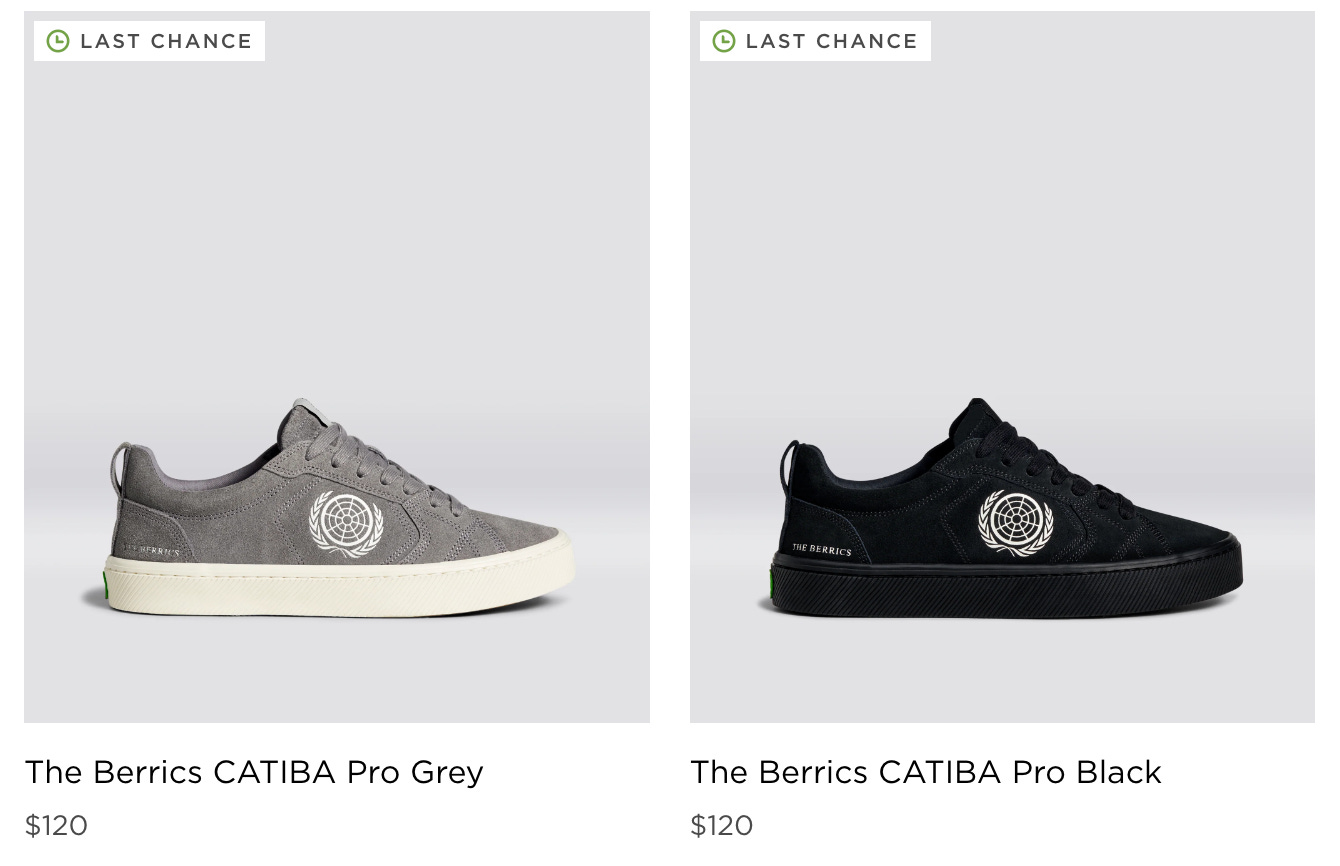
You appear to have good money behind your venture; spend some of it on a brand refresh. Your leaf logo and wordmark are cumbersome and tacky, especially since they’re usually blown up large and loud across your products. You can have brand recognition without it being an eyesore.
Limit your ad spend and exposure. I don’t need to hear about your shoes during podcast commercial breaks or see your horrid Avatar collab sneaker on Jimmy Fallon. It cheapens your brand and makes you look desperate.
Stop forcing your team riders into uniform. Anytime they compete in any level of event, they’re all wearing the same bland Cariuma t-shirt. It makes your brand feel like a new-agey cult with considerably less swag.
If you can accomplish all of the above, it should become easier to attract the type of names that sway the core audience — that Richard Mulder to your Nike, you know? Right? Godspeed.

Al Jaffee meets his end
Rank: 1
Mood: ✏️📃💔
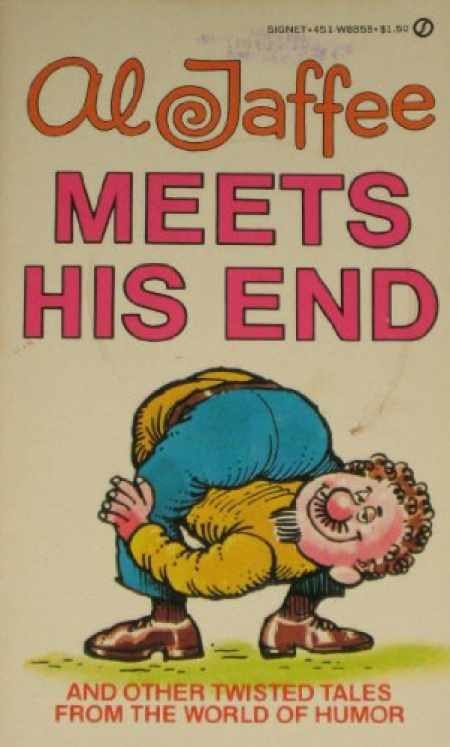
On Monday, legendary cartoonist Al Jaffee died at 102 years old. One of the defining names of Mad magazine’s heyday, he was best known for his features “Snappy Answers to Stupid Questions” and, of course, the “Mad Fold-In.” Jaffee’s obituary in The New York Times details the latter’s origin.
With the fold-in, Mad was turning an industry trend on its head. “Playboy, of course, was doing its centerfold,” Mr. Jaffee told The Star. “Life, in almost every issue, was doing a three- or four-page gatefold showing how dinosaurs traversed the land, that kind of thing. Even Sports Illustrated had fold-outs.”
Mad went in the other direction, literally, although Mr. Jaffee said in a 2008 interview with The New York Times that he initially didn’t expect the magazine’s editor, Al Feldstein, and publisher, William M. Gaines, to go for the notion. “I have this idea,” he recalled telling them. “I think it’s a funny idea, but I know you’re not going to buy it. But I’m going to show it to you anyway. And you’re not going to buy it because it mutilates the magazine.”
The men did buy it, and then asked for more, and the inside back cover quickly became Mr. Jaffee’s turf. Although other regular Mad features changed artists over the years, no one but Mr. Jaffee drew a fold-in for 55 years.
One summer, when I was around six or seven, I visited my grandparents in Fort McMurray, Alberta. Sitting on the stoop of their trailer, looking out over an empty gravel lot as their three-legged dog Sandy sniffed around in the dirt and dust, I was as terminally bored as a child could be. In her great wisdom and mercy, my late grandmother Arlene would hand me an old issue of Mad. It was a shock. I’d never seen anything so silly, stupid, funny, and incisive (though most of the humour went over my head at the time) and was immediately taken. Jaffee’s fold-ins, in particular, were always a potent dose of all of the qualities above.
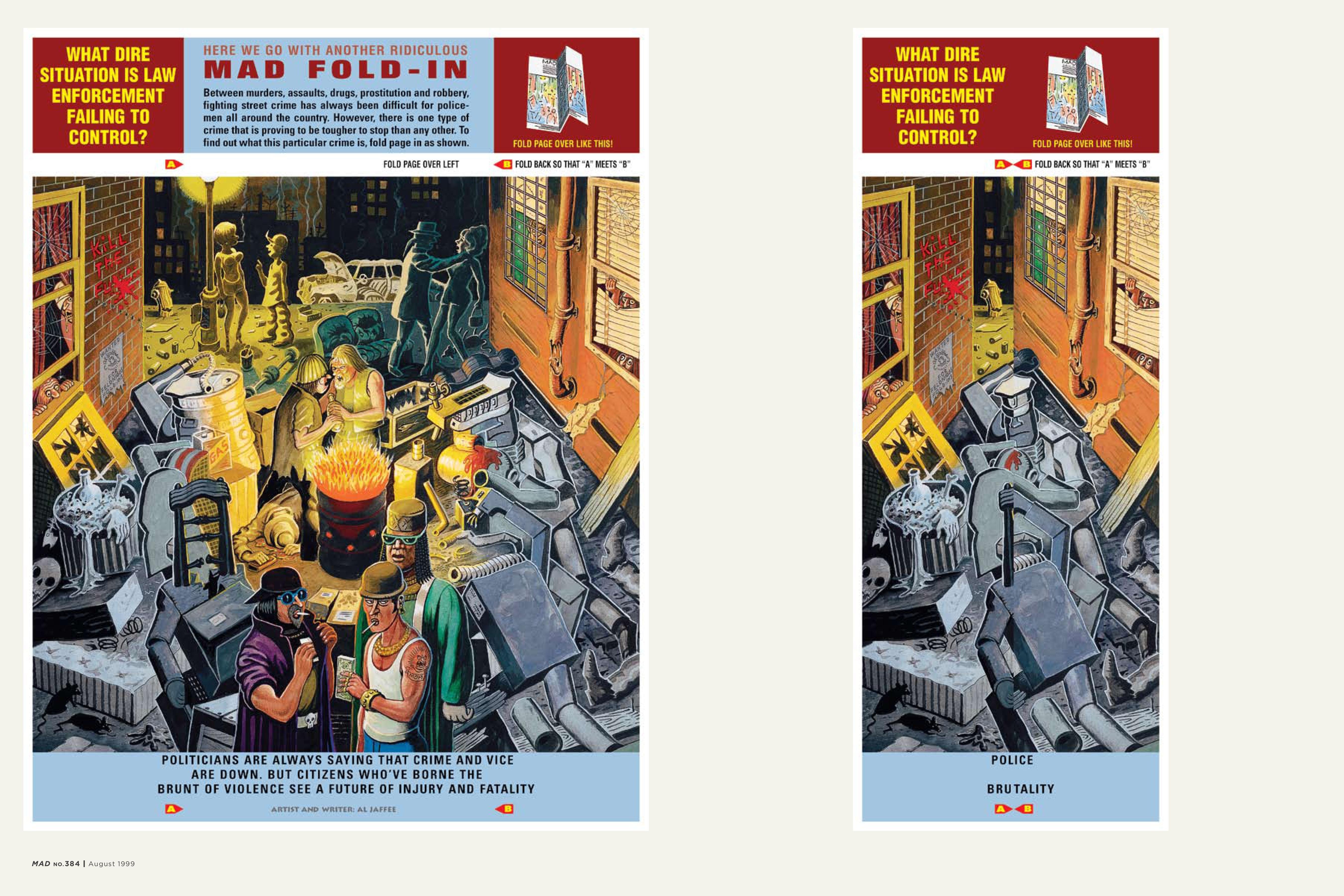
As the trip came to an end, my grandmother handed me a large, heavy box: all of her issues of Mad; she’d been a subscriber since the ’70s. I’d pore through (and fold) those pages for years afterwards. My first introduction to most cultural touchstones of the previous few decades was their Mad send-ups. Was that a net positive for my understanding of the world? Eh, who’s to say? But, if anything, it showed me that the absurd and the meaningful weren’t mutually exclusive. Thanks for that, Al.

Something to consider:
Good thing: “How Tyshawn Jones and William Strobeck Changed Skateboarding Forever” by friend of the newsletter Farran Golding for GQ.
Sign of a new era thing: “Dril Is Everyone. More Specifically, He’s a Guy Named Paul.” by Nate Rogers for The Ringer.
A RIP Raptor’s post-season thing:
Until next week… if you’re in a park and a squirrel approaches and you pretend to have food for it and you make that “tchtchtchtcht” sound to encourage it to come closer with no plan for what will happen once the squirrel realizes that you do not actually have a nut or berry hidden in your grasp just remember that you’ve broken that squirrel’s trust and if you look close you can see the light in their eyes shift once they understand that you’ve lied to them and it is not a good feeling so just be aware of that.




